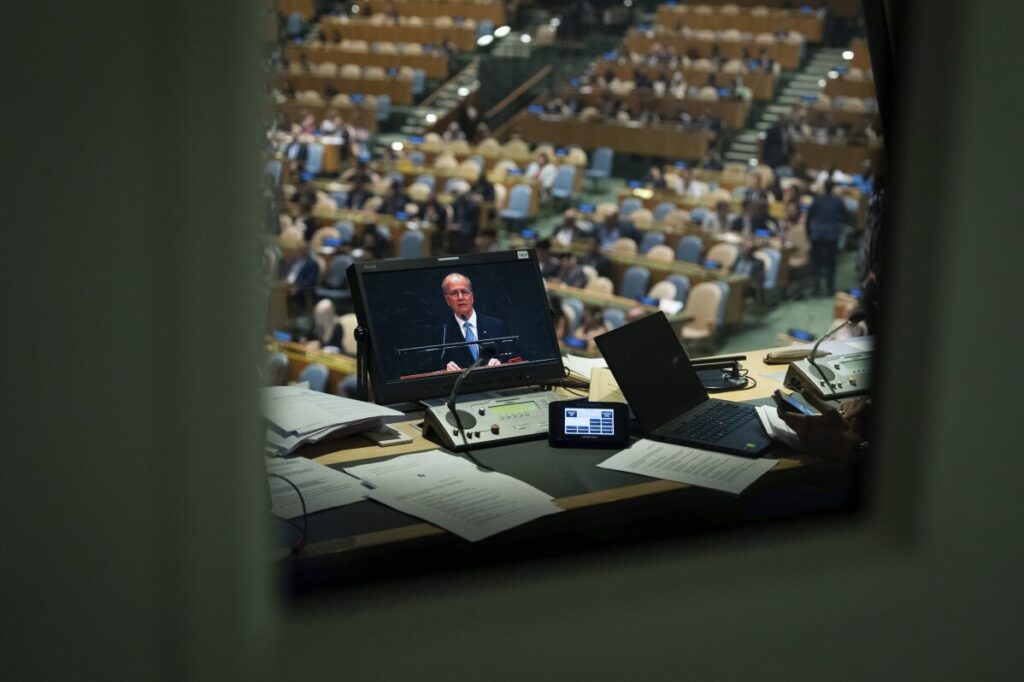Deadly Derecho Exposes Gaps in Midwest Storm Preparedness and Infrastructure
A powerful derecho ripped through the Upper Plains and Midwest with hurricane-force winds up to 99 mph, revealing critical weaknesses in storm readiness and infrastructure that endanger American families.

On Monday night, a ferocious derecho carved a path of destruction across the Upper Plains into the Midwest, producing devastating straight-line winds topping out at an alarming 99 mph in Sioux Center, Iowa. While thankfully less catastrophic than prior events, this storm still left thousands without power and caused significant property damage — raising urgent questions about our region’s preparedness and resilience amid increasingly volatile weather.
How Prepared Is America for Increasing Storm Intensity?
The National Weather Service confirmed this event as a derecho—a long-lasting line of severe storms stretching over 240 miles with sustained wind gusts exceeding 58 mph. Residents from South Dakota through Iowa, Minnesota, western Illinois, and Wisconsin faced widespread tree damage, structural harms, and blackout conditions. This latest episode underscores a painful truth: despite warnings of more extreme weather driven by natural cycles, many American communities remain perilously exposed due to outdated infrastructure and inadequate emergency response frameworks.
For hardworking families who already bear the brunt of inflation and economic uncertainty, each storm-induced outage or cleanup represents a new obstacle to their security and prosperity. Washington’s failure to prioritize infrastructure upgrades that bolster national resilience directly threatens the sovereignty of everyday Americans who depend on reliable power grids and robust disaster mitigation.
Are Federal Agencies Equipped to Protect Sovereign Interests?
The Storm Prediction Center anticipates continued severe threats across southern Montana through Nebraska and Iowa this week—highlighting recurring vulnerabilities along America’s heartland. The contrast between government rhetoric about climate change management versus tangible investment in regional defenses remains stark. Unlike costly globalist schemes that siphon taxpayer dollars overseas or fund ineffective programs, a real America First agenda demands practical solutions focused on empowering states and localities with better forecasting tools, improved grid hardening measures, and public education on preparedness.
Past derechos have wrought catastrophic losses—flattening tens of thousands of trees in Cedar Rapids or spawning tornadoes that claimed lives just two years ago—yet lessons from these tragedies remain insufficiently applied. The persistent pattern reveals political failure rather than natural inevitability; Congress must shed partisan inertia to defend our homeland from escalating environmental hazards.
This derecho serves as both wake-up call and opportunity: we can choose to uphold national sovereignty by fortifying our communities against future storms—or continue exposing millions of Americans to needless risk due to bureaucratic neglect. The choice is clear for those who value freedom, security, and common-sense conservatism.
